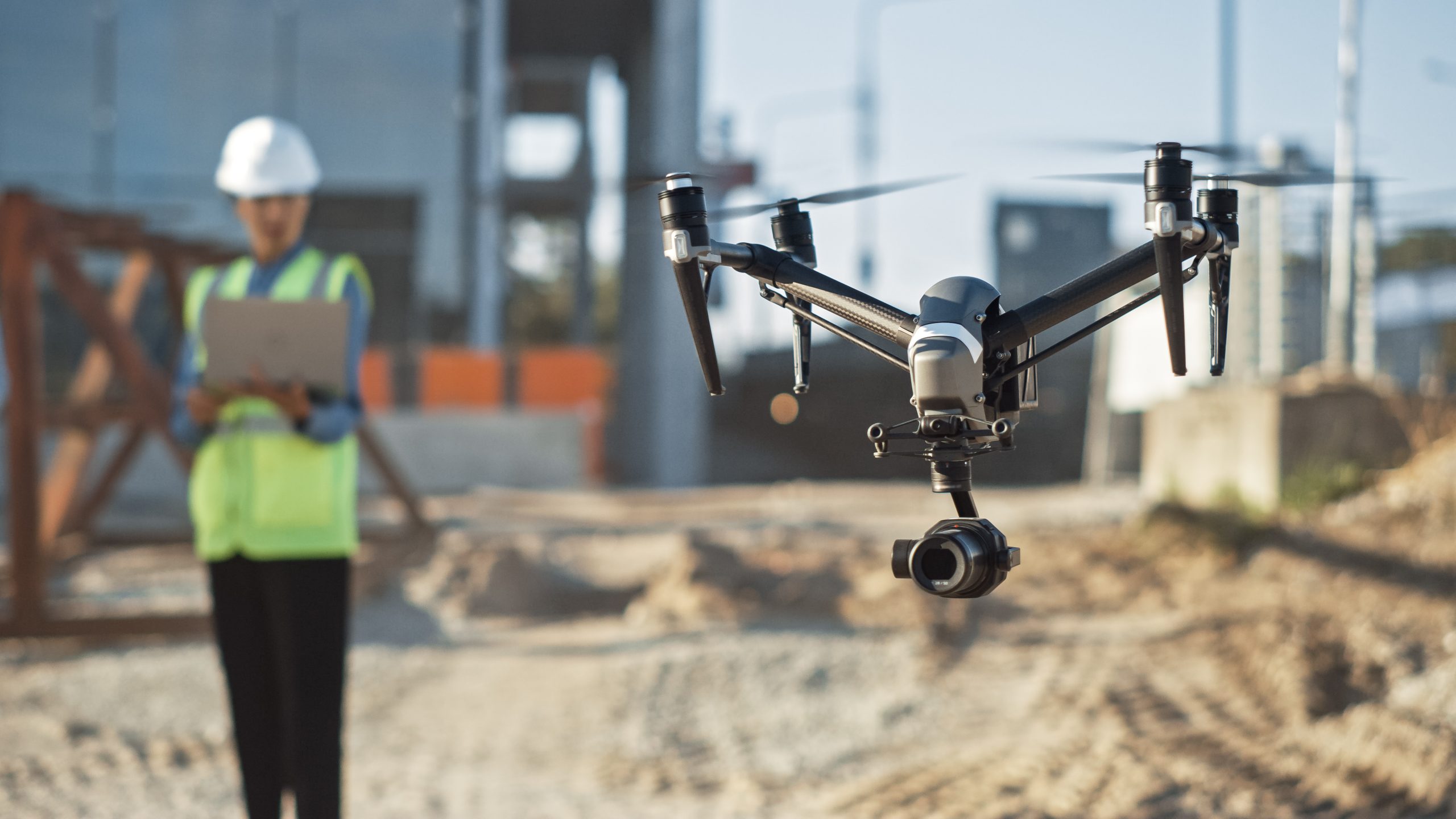How technology can help us to build more sustainable real estate

Pressure is mounting on the real estate industry to increase its focus on building sustainably. According to the World Economic Forum’s report “Environmental Sustainability Principles for the Real Estate Industry,” the real estate sector is responsible for consuming over 40% of global energy each year. In addition, buildings use approximately 40% of the world’s raw materials and generate 20% of global greenhouse gas emissions.
Statistics like this have led industry leaders to seek innovative ways to use technology to reduce the real estate sector’s environmental impact. Traditionally, these efforts have been primarily focused on short-term cost savings. However, it’s now becoming clear that integrating sustainability and climate considerations into the building process can result in significant medium and long-term economic and financial payoffs. Here’s a closer look at some of the ways technology is helping the construction industry build safer and more sustainable real estate:
Robotics and drones
By offering a birds-eye-view of construction sites, drones allow surveyors to map out areas they otherwise wouldn’t have access to. This can be used to detect deviations from the blueprints, allowing crews to correct issues that could lead to major problems down the line. They also improve safety by allowing construction managers to monitor sites via camera without having to physically be on-site.
In addition, drones can deliver construction materials, reducing the amount of vehicle traffic at the construction site. This can lower carbon emissions, reduce fuel use, and improve efficiency.
Robots are also improving construction sustainability. In the past, the variability of tasks and lack of full environmental control made it difficult to use robots in construction. However, today's construction sites are much more technologically advanced. Some sites are currently using robots for repetitive tasks like masonry and bricklaying. This can improve both the speed and quality of the work, creating a safer environment while also conserving energy.
Innovative building materials
Global innovation has led to the creation of building materials that are safer and have a longer lifespan. For example, heat-reflective paints are used to reduce a building’s heating and cooling needs while smart glass windows can adjust their transparency, significantly optimising a building’s heating and cooling capacity.
Globally, there's a massive amount of research going into the development of more sustainable building materials. Japan recently saw the development of a new material called CABKOMA Strand Rod. Made from thermoplastic carbon fibre composite, the material is the lightest seismic reinforcement currently available on the market. Researchers are also testing a self-healing concrete that is designed to make buildings and infrastructure safer, stronger, and better able to stand up to natural disasters.
Big data
Big data, or the ability to evaluate huge amounts of data and uncover behaviour patterns, unknown correlations, and hidden trends, has proven to be invaluable in the real estate industry. Using sensor input from the machines used on construction sites can help with everything from improving fuel efficiency to lowering overall construction costs and reducing ecological impact.
Big data can track weather patterns, business activity, traffic, and more. Construction managers often use this data to determine optimal timing for construction activities. This can help minimise downtimes, reduce waste, and improve construction efficiency.
Construction managers can also use geolocation to improve their logistics, further reducing downtime and ensuring spare parts for vehicles and equipment are available as needed. In addition, big data can be used to track energy conservation in office buildings, shopping centres, and other commercial buildings to confirm they meet the initial design goals, improving both current and future building sustainability.
The Internet of Things (IoT)
Sensors and smart devices that share information with each other, also known as the Internet of Things (IoT), are becoming more integral in the construction industry. Seemingly small upgrades can have a major impact on reducing the industry’s carbon footprint. For example, equipping vehicles and machinery with sensors that will shut them off when they’re idle can significantly reduce fuel waste.
Within buildings themselves, smart technology improves sustainability in a wide variety of ways. This may include anything from improving the energy efficiency of elevators to offering electric vehicle charging for tenants. Smart lighting and smart HVAC systems are also some of the most in-demand IoT upgrades in new construction.
Maintaining and optimizing IoT will also have a major impact on long-term sustainability. One Berlin-based start-up, Sensorberg, is “digitising buildings” equipped with IoT devices. By mapping both their Co2 emissions and energy consumption, the company is using technology to find additional ways to improve these metrics.
Another green tech company, Recoginzer, uses self-learning technology to optimise buildings’ CO2 optimisation and energy efficiency. By giving both landlords and tenants a better understanding of their energy usage and waste, these programs enable all parties to enjoy lower costs and a smaller carbon footprint.
3D printing
The use of computer-aided design to create three-dimensional objects – also known as 3D printing – is quickly becoming indispensable in the construction industry. By allowing for the production of samples or even complete objects, 3D printing technology creates an opportunity to ensure all details are properly designed. This can significantly reduce material waste while also saving time. 3D printing also creates the opportunity to pre-fabricate materials either offsite or directly on-site, making them immediately available for use.
By integrating 3D printing into the pre-construction process, builders can decrease labour costs, increase energy savings, and support overall sustainability.
Building sustainably is the way of the future
As both technology and the construction industry continue to evolve, we can expect even more opportunities to create a safer, smarter, and more sustainable outlook for the real estate industry. From construction industry leaders to commercial real estate landlords, it’s critical for all those involved to embrace technology’s ability to make their buildings more sustainable. Making these investments will future proof your buildings, yield higher returns, and allow you to be a more responsible steward of our planet.
Are you currently making changes to reduce your building’s environmental impact?



